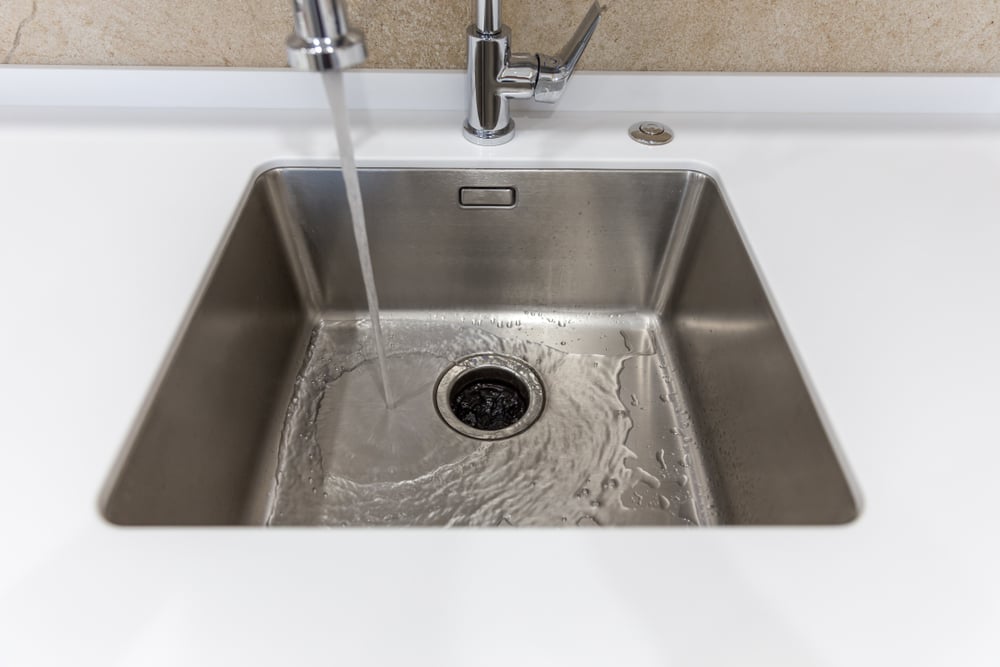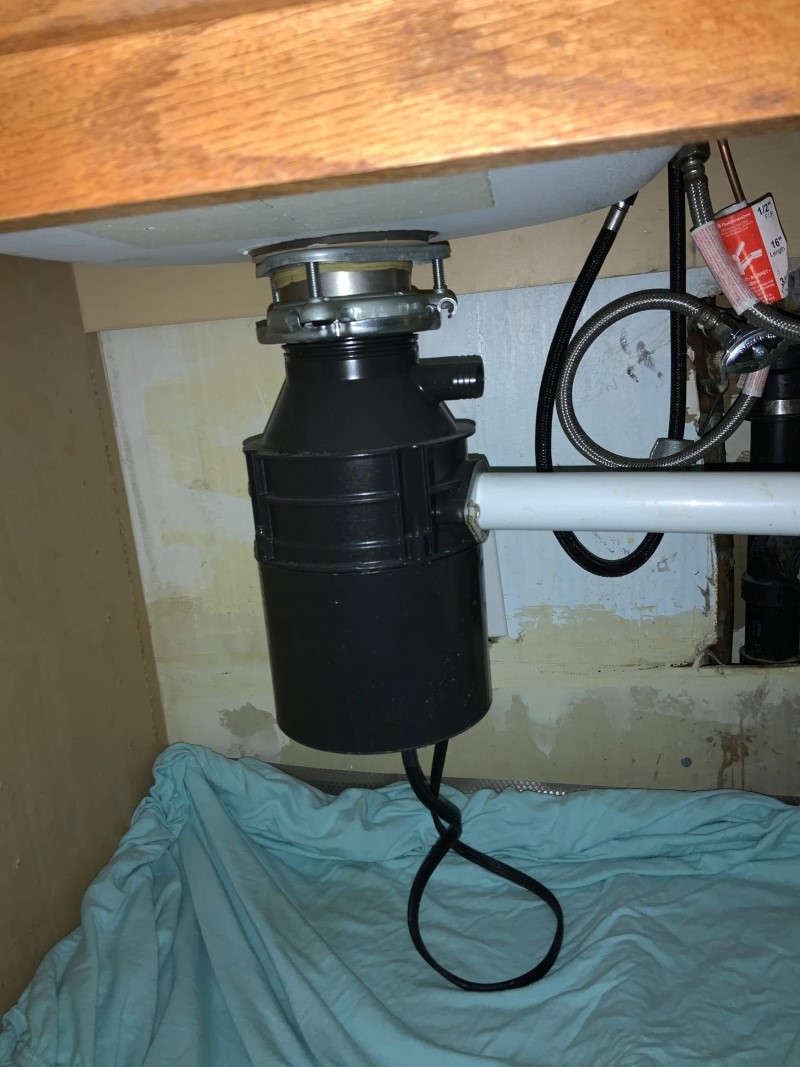Effortless Ways to Repair a Leaky Waste Disposal Unit
Effortless Ways to Repair a Leaky Waste Disposal Unit
Blog Article
Just how do you actually feel with regards to Garbage Disposal Leaking From Bottom?

Waste disposal unit are necessary kitchen area appliances that help in disposing of food waste successfully. Nevertheless, a leaking waste disposal unit can be a discouraging and messy trouble to handle. Fortunately, lots of leaks can be taken care of easily with a couple of simple actions. In this article, we will review exactly how to deal with a leaking waste disposal unit properly.
Introduction
Waste disposal unit are mounted under kitchen sinks and are created to shred food waste right into smaller sized pieces, enabling it to go through the pipes system conveniently. While these tools are generally reputable, leakages can take place with time as a result of wear and tear, loose connections, or damage to the unit.
Common Causes of Leaks in Garbage Disposals
Worn Seals and Gaskets
Seals and gaskets play an essential role in preventing water from leaking out of the waste disposal unit. With time, these parts can degrade, resulting in leaks around the disposal system.
Loose Connections
The links in between the waste disposal unit and the plumbing system can become loose gradually, creating water to leak out during operation.
Fractures or Holes in the Disposal System
Physical damage to the waste disposal unit, such as cracks or openings in the housing, can additionally lead to leakages.
Determining the Source of the Leakage
Before trying to fix a dripping garbage disposal, it is important to identify the source of the leakage. This can generally be done via visual evaluation or by performing simple tests.
Visual Assessment
Inspect the garbage disposal system very carefully for any kind of signs of water leakage. Pay very close attention to areas around seals, gaskets, and link factors.
Checking for Leakages
One means to evaluate for leaks is by running water with the disposal unit and looking for any kind of visible indications of leakage.
Tools and Products Needed for Fixing a Leaking Waste Disposal Unit
Prior to starting the repair process, gather the required tools and materials, including a screwdriver, adjustable wrench, plumbing technician's putty, substitute seals or gaskets, and epoxy or patching product for fixing fractures or openings.
Step-by-Step Guide to Repairing a Dripping Waste Disposal Unit
Turn Off the Power
Before trying any kind of repairs, guarantee that the power to the waste disposal unit system is switched off to stop the risk of electric shock.
Locate the Leak
Identify the exact location of the leak and establish the cause.
Tighten up Links
Utilize a wrench to tighten up any loose links between the disposal system and the pipes system.
Replace Seals or Gaskets
If the leak is because of used seals or gaskets, get rid of the old components and replace them with new ones.
Patching Splits or Openings
For splits or holes in the disposal unit, use epoxy or an appropriate patching material to seal the damaged area.
Checking the Waste Disposal Unit After Fixing
As soon as the fixing is full, examine the waste disposal unit by running water via it to make certain that the leakage has actually been fixed.
Preventive Maintenance Tips to Avoid Future Leaks
To stop future leakages, it is important to carry out normal upkeep on your garbage disposal. This includes maintaining it tidy, preventing placing non-food products or difficult objects down the disposal, and occasionally checking for leakages or other issues.
Verdict
To conclude, dealing with a dripping garbage disposal is a fairly straightforward process that can be completed with basic tools and materials. By adhering to the steps detailed in this article and exercising preventative maintenance, you can maintain your waste disposal unit in good working condition and prevent pricey repairs in the future.
What to Do About a Leaking Garbage Disposal
A leaking garbage disposal often goes unnoticed until you confront a sopping cabinet, a foul-smelling puddle, or an audible drip-drip-drip from the unit. The fix can be frustrating, too, because the leak can stem from a number of components in the system. Fortunately, with a little sleuthing, you can zero in on the leak and—depending on the exact location—stop the icky oozing and repair the component that caused it. Worst case scenario, if it turns out that the garbage disposal must be replaced, installing a new one is a reasonable do-it-yourself task for those with basic plumbing skills. Read on to keep the cash you’d otherwise hand over to a pro.
Prepare to find the leak
Prior to testing the garbage disposal for leaks, unplug it at the wall outlet and turn off the power from the breaker box to prevent electrical shock. Then insert a watertight sink stopper into your sink drain and wipe the unit dry with a clean cloth. In any handy container, mix a few drops of food coloring into a few cups of water, and pour the dyed water onto the sink stopper to help you locate the leak.
Investigate the source
the top, where the disposal meets the sink drain the side, where the dishwasher hose or main drain pipe connects to the disposal or the bottom of the unit Inspect each of these locations while gliding a light-colored rag over the unit; the dyed water will readily show on the rag and reveal the location of the leak. If a leak isn’t immediately apparent, remove the sink stopper and pour a few more cups of dyed water down the sink drain, then check for leaks again. Leaks near the top of the unit are more likely to show themselves while the sink is plugged, while side and bottom leaks are more noticeable while the sink is unplugged.
The metal sink flange that sits directly inside the sink drain is typically sealed around the top with plumber’s putty (a clay-like sealant) and then secured from under the sink with bolts. If the plumber’s putty deteriorates, or the bolts loosen, the flange can no longer form a watertight seal between the sink drain and the disposal—which could cause a leak at the top of the unit.
To reseal the leaky flange, you must first detach the garbage disposal. Start by loosening the screws securing the main drain pipe to the disposal, then loosen the screws in the metal clamp securing the dishwasher hose to the disposal and detach the drain pipe and dishwasher hose from the disposal. Loosen the screws in the mounting ring that connects the disposal to the metal mounting assembly beneath the sink, then pull down the disposal and carefully set it on a clean, dry surface. Loosen the bolts in the mounting assembly with a wrench, then pull down the mounting assembly and set it near the disposal.

I'm very focused on Why Is and I hope you appreciated our article. Sharing is nice. Helping others is fun. I value reading our article about Why Is .
Click Here Report this page